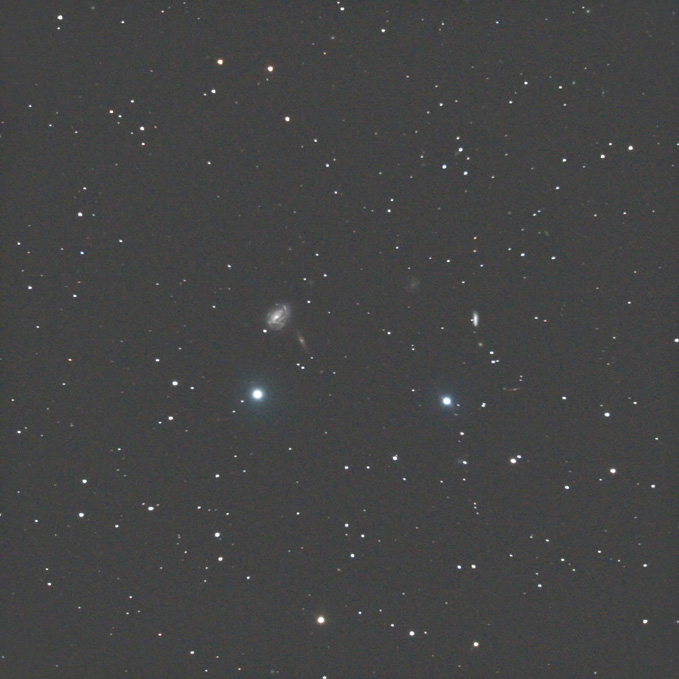
 |
| Date & Time: | Oct 7 2023, from 24:57 to 25:27 JST(+0900) |
| 6 shots composed with 6 minutes exposed | |
| Optical: | Meade 25cm(10") Schmidt-Cassegrain with conversion lens (f=1600mm, F6.3) |
| with IDAS LPS-P1 Light-pollution suppression filter | |
| Auto-guided with Meade LX200 Equatorial & Lacerta M-GEN | |
| Digital Camera: | Nikon D810A |
| Location: | Ooizumi, Hokuto city, Yamanashi pref. |
| Camera Settings: | Recording Format...14bit CCD-RAW, converted to 16bit TIFF(4080×4080) |
| Device Size...20×20mm | |
| Sensitivity...ISO4000, White Balance...Daylight |
| |
NGC864 |
NGC891 |
| Copyright(c) 2023 by Naoyuki Kurita, All rights reserved. | |||
| To top page | To Deepsky in Autumn index | Aries |